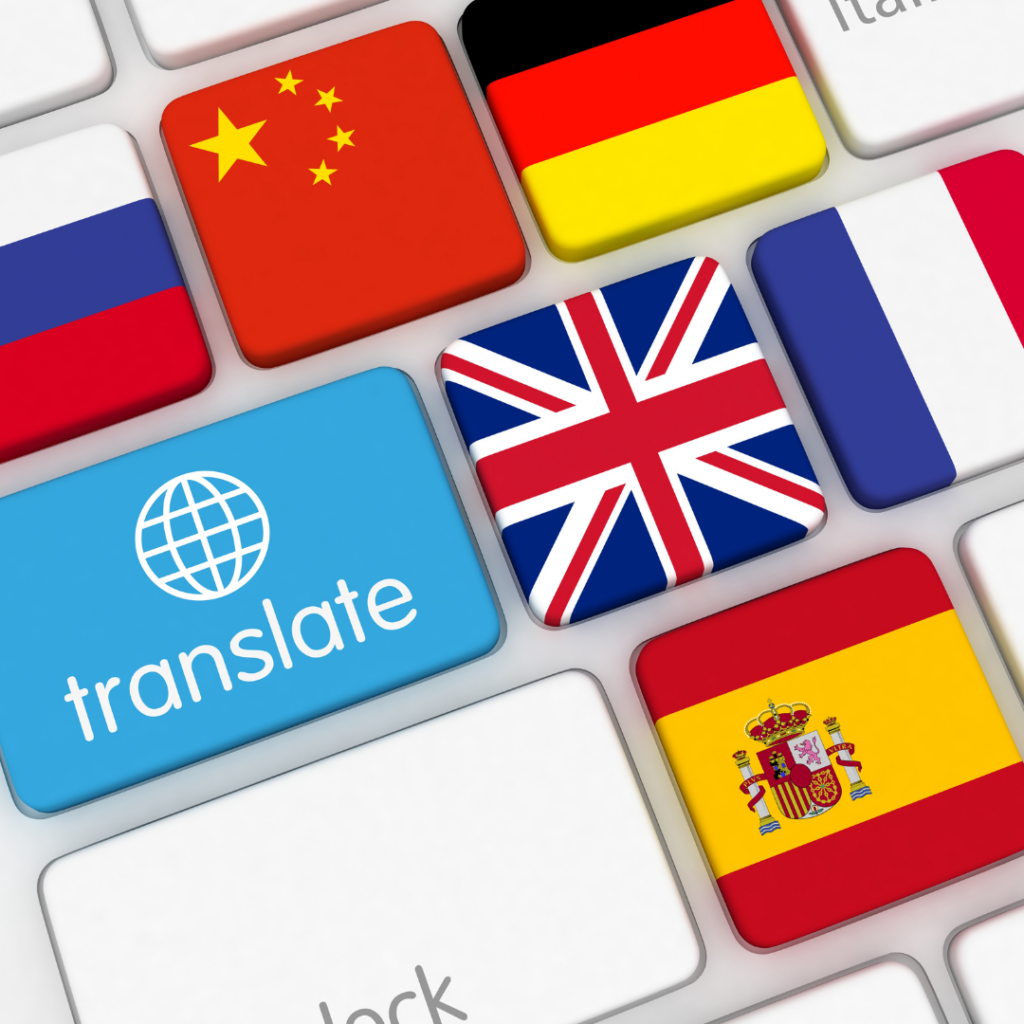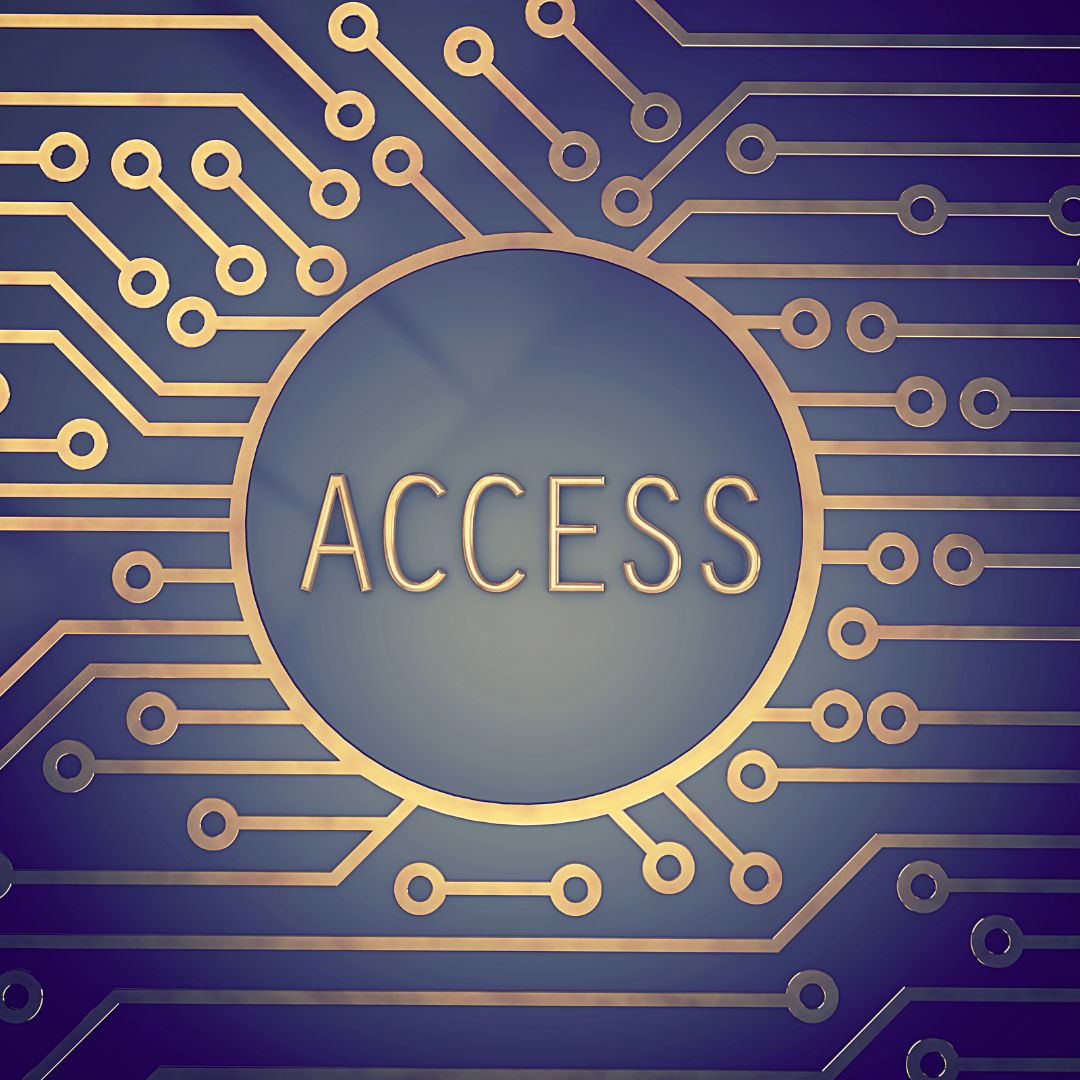On Day 3 of our AI Sprint, we spoke about how AI tools can be used to support dyslexic and dyspraxic creators. Tools like ChatGPT can help with idea generation, and articulating and simplifying difficult concepts. However, AI’s capabilities don’t stop at content creation. There’s a range of tools, browser extensions, and technologies that use AI to improve web accessibility.
Here’s a breakdown of just a few ways AI can be used to increase access for everyone.

Accessible Design
When designing a website, there are regulations in place to ensure that it meets certain accessibility standards. In the UK, public sector websites must meet a set of standards outlined by the World Wide Web Consortium (W3C).
However, private sector websites are not completely exempt from regulations. Under the Equality Act (2010), businesses are expected to make ‘reasonable adjustments’ to remove barriers faced by disabled users; and, as of 2020, they are expected to work towards achieving the goals set within The European Union (EU) Directive on the Accessibility of Websites and Mobile Applications.
For many users, you only have 15 seconds to make a first impression. And, if your website is inaccessible, this can result in a negative user experience. Web Accessibility Testing tools can help you identify ways to make your website design and brand more accessible. These tools use AI to analyse code for common, high impact accessibility issues like insufficient colour contrast, missing aria labelling, and lack of alt tags on imagery. It will develop a report which identifies the issue, where they are present, and a suggested solution.
These tools are regularly updated and will help you analyse your compliance with approximately 50 accessibility requirements. Many of these tools are available quick and easy to use browser extensions, like Accessibility Insights for Web.
Language Support
Video streaming services like Youtube and Microsoft Stream have been using AI technology for years. These services feature a built-in Automated Speech Recognition (ASR) algorithm that transforms audio files into captions, subtitles, and transcripts, which can then be amended or expanded by the content creator.
This AI algorithm is specifically trained to analyse speech patterns and recognise different sounds, assigning priority to some inputs while muting others. It’s a technology that is widely used in smartphones for speech-to-text and digital assistant software. And it’s incredibly handy. Because these systems can transform speech-to-text, it can make accessing this information and entertainment easier for those who are deaf and/or hard of hearing, have language processing difficulties like an Auditory Processing Disorder or Dyslexia, and they can help creators who have mobility impairments that require the support of a speech-to-text functions.
Additionally, these systems can be used in tandem with AI translation services like Google Translate, the Microsoft Translator App, and (you guessed it) Chat GPT. This enables creators to communicate with audiences who do not speak the same language as them.
Par exemple: Nous avons traduit cette phrase rapidement et facilement en français en utilisant ChatGPT.
(For example: We translated this sentence into French quickly and easily using ChatGPT.)

Built-in Tools:
For businesses looking to go the extra mile, AI tools can be created or implemented to support the consumption of content and navigation on your website. For example, widgets like Userway provide the ability for disabled consumers to tailor their experience to their specific needs.
The user-triggered interface gives viewers the option to:
- Have content read aloud via AI-powered screen reading software
- Automatically adjust contrast levels to ensure WCAG compliance and better visualisation.
- Change all text to a dyslexia friendly font to make it easier to read.
- Reveal page structures such as headings, landmarks, and links to make finding relevant content easier.
- And so much more! See the full list here.
Of course, the tools found within Accessibility widgets can also benefit non-disabled users looking for a faster, more tailored experience.

Conclusion
Every visitor has a unique way of navigating your website. AI tools allow you to ensure that as many user experiences are supported as possible, in a faster way. They have the power to increase your engagement rate, conversions, and overall brand reception.
By being mindful of and actively working to tackle the limitations users may face when visiting your website, you can attract a whole new audience that previously could not access your products or services, opening up a whole new world of possibilities.




